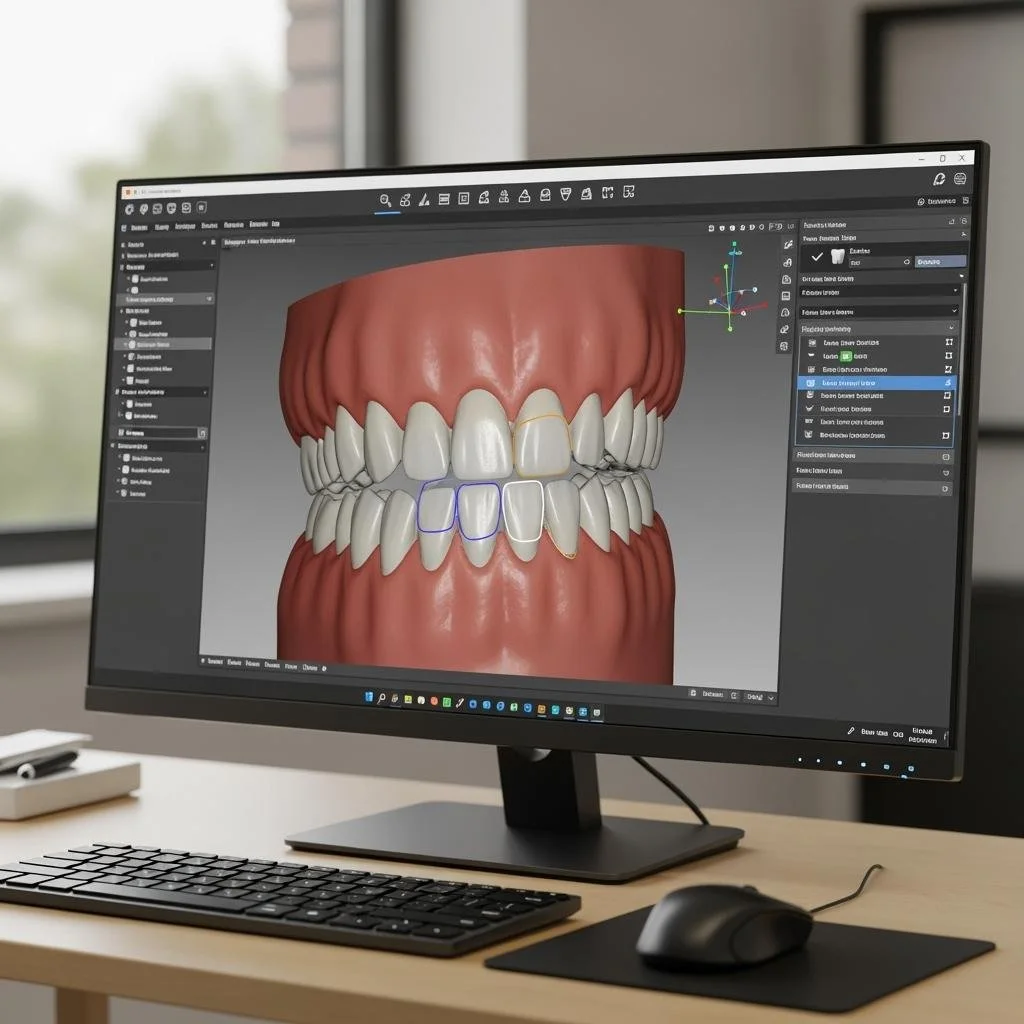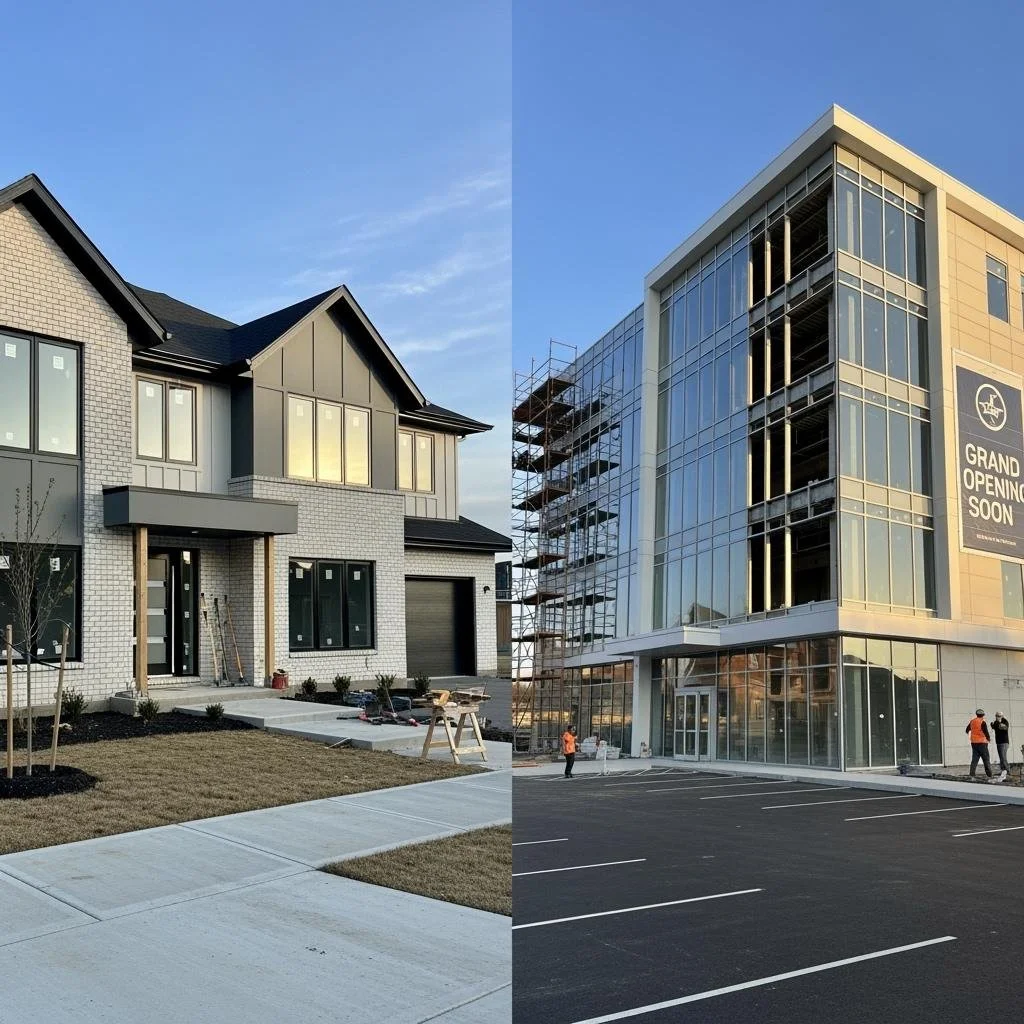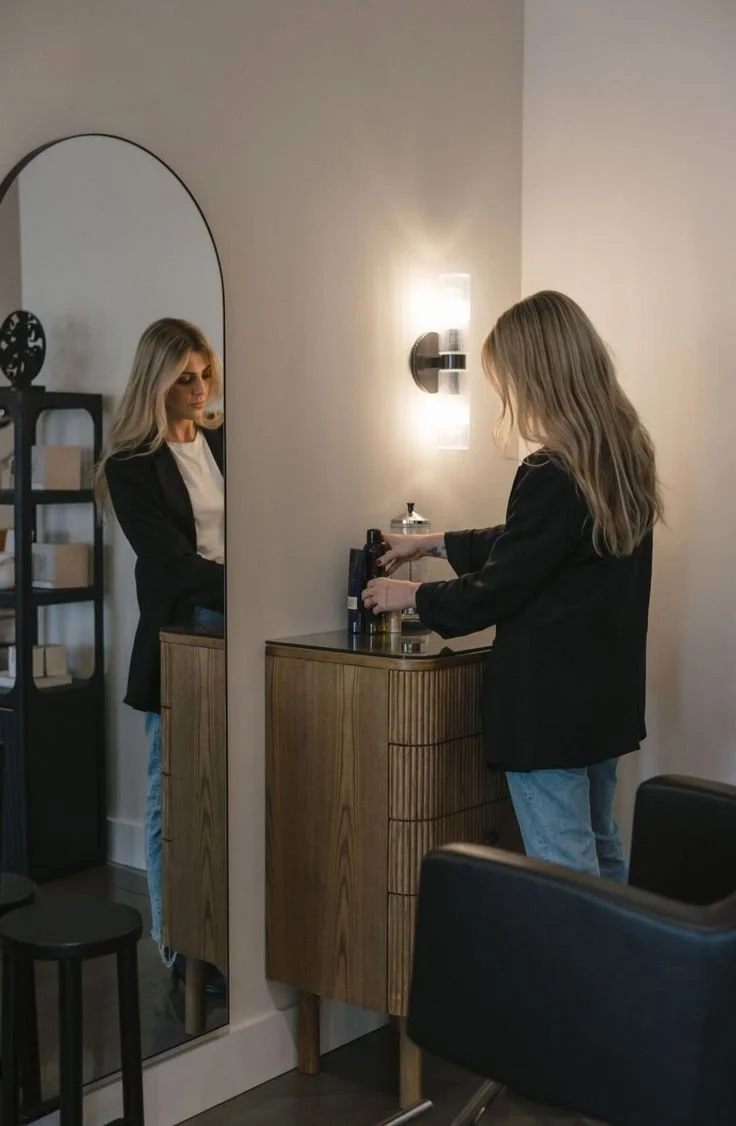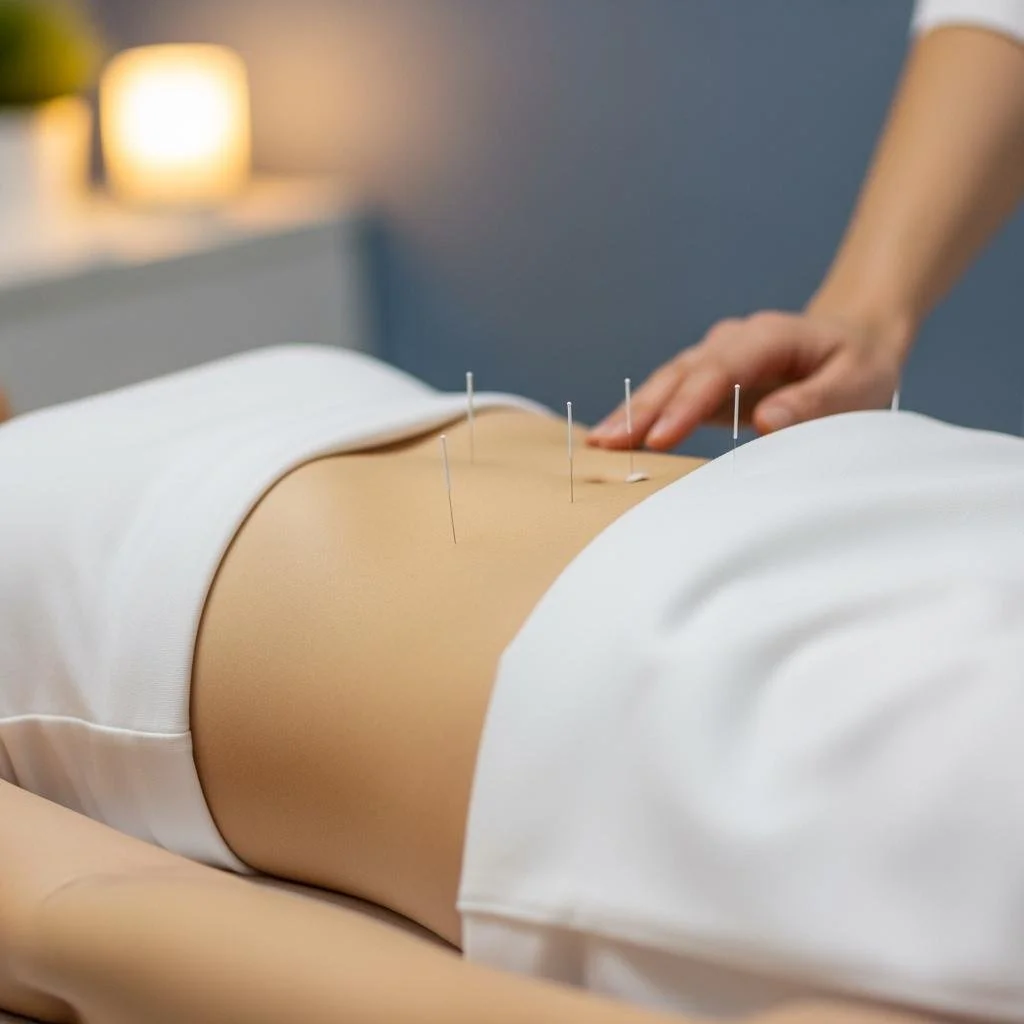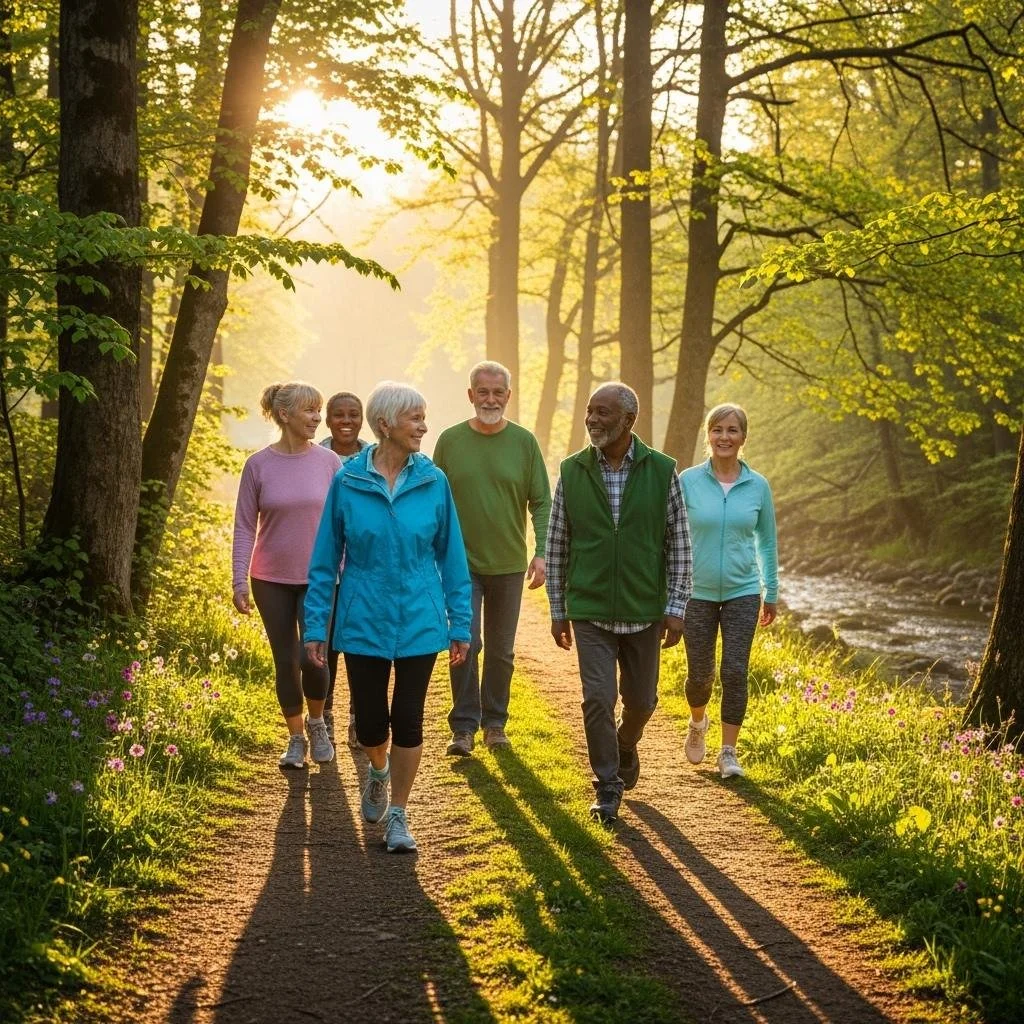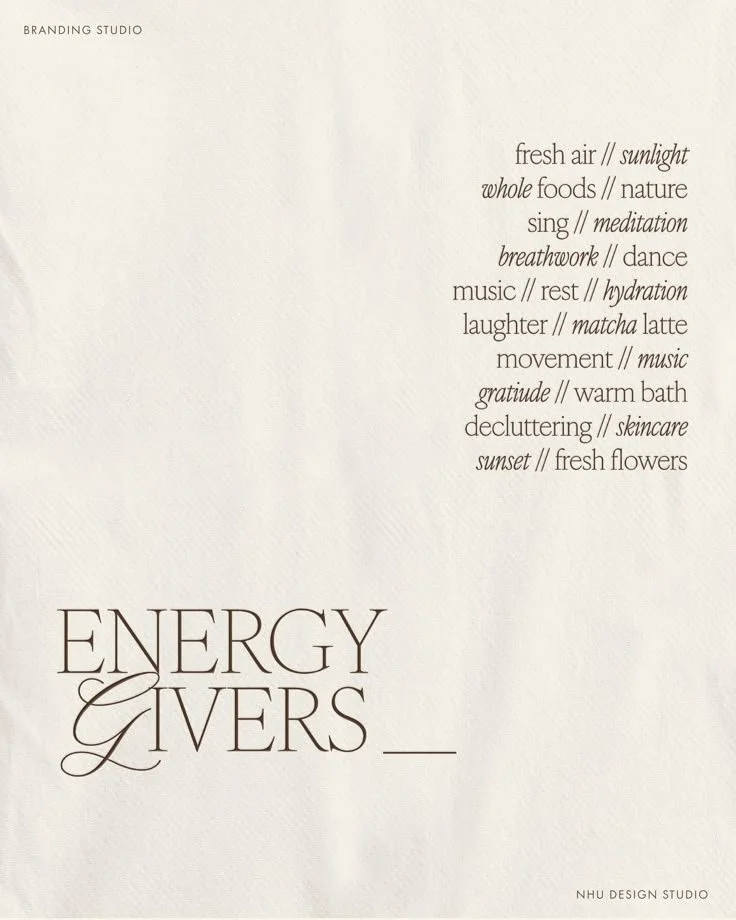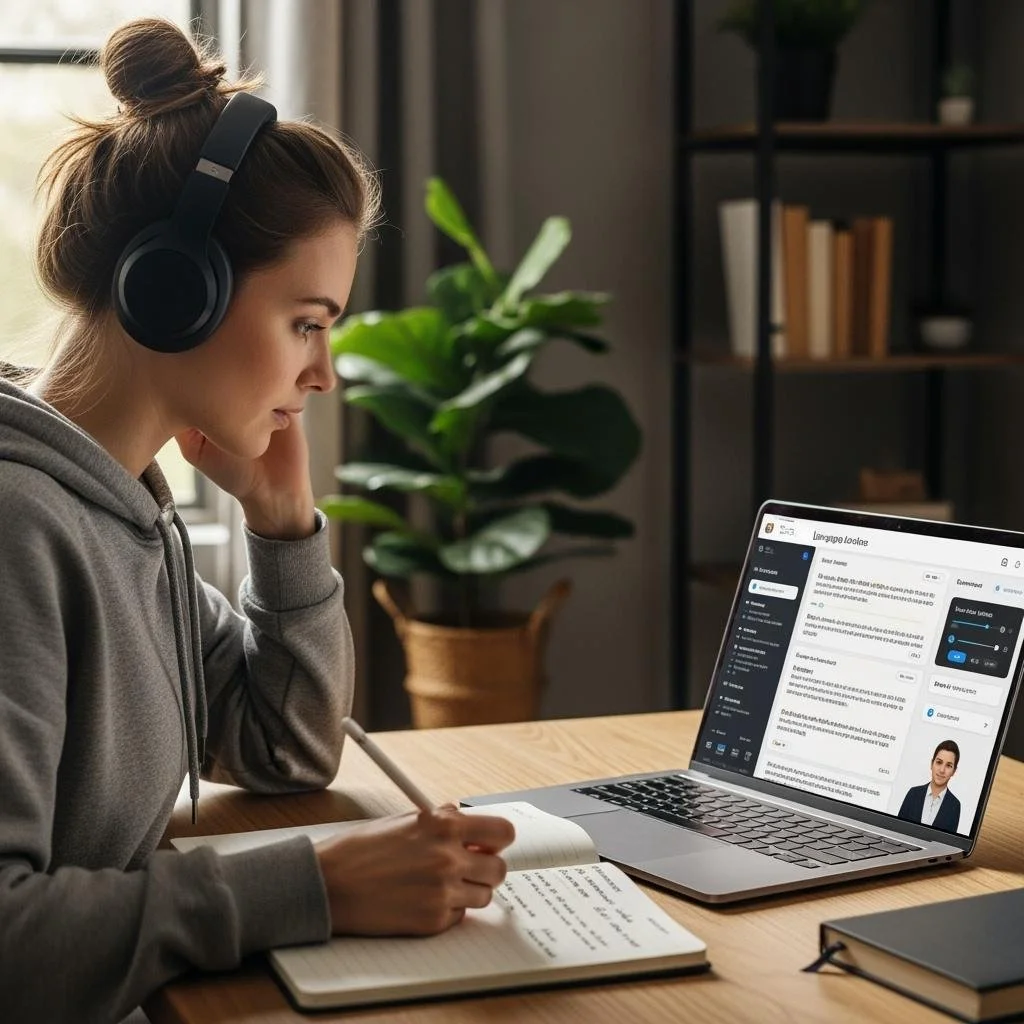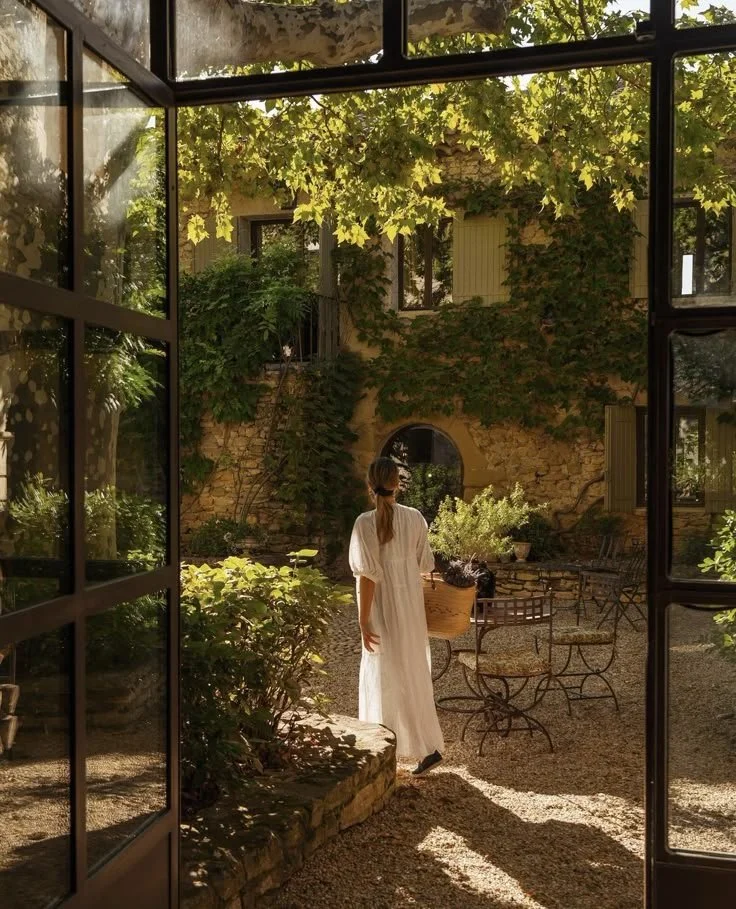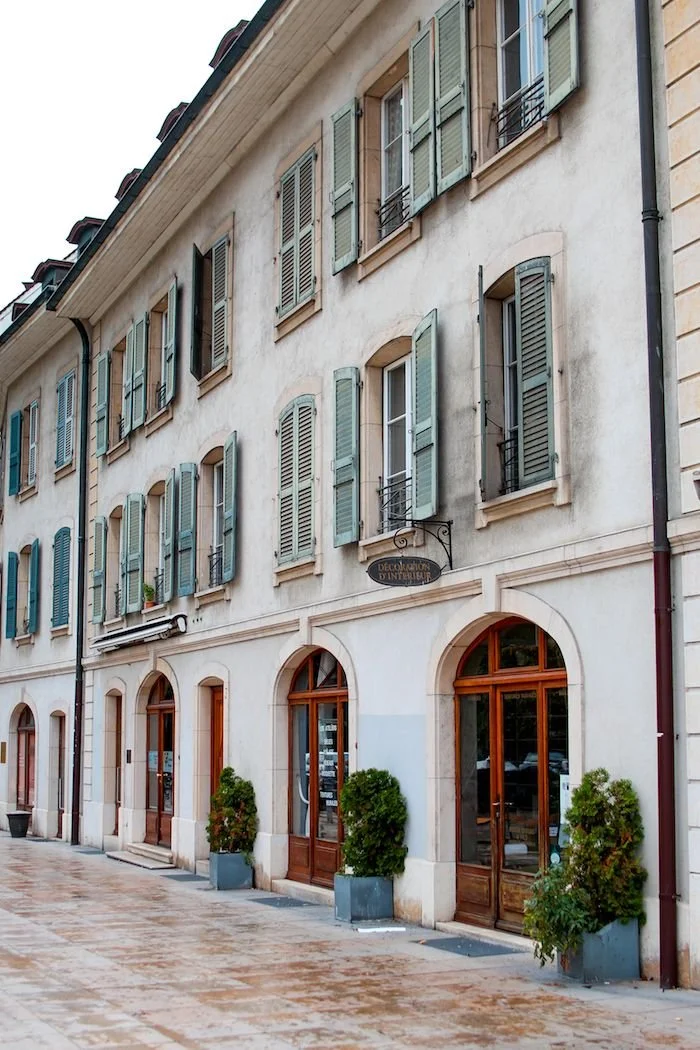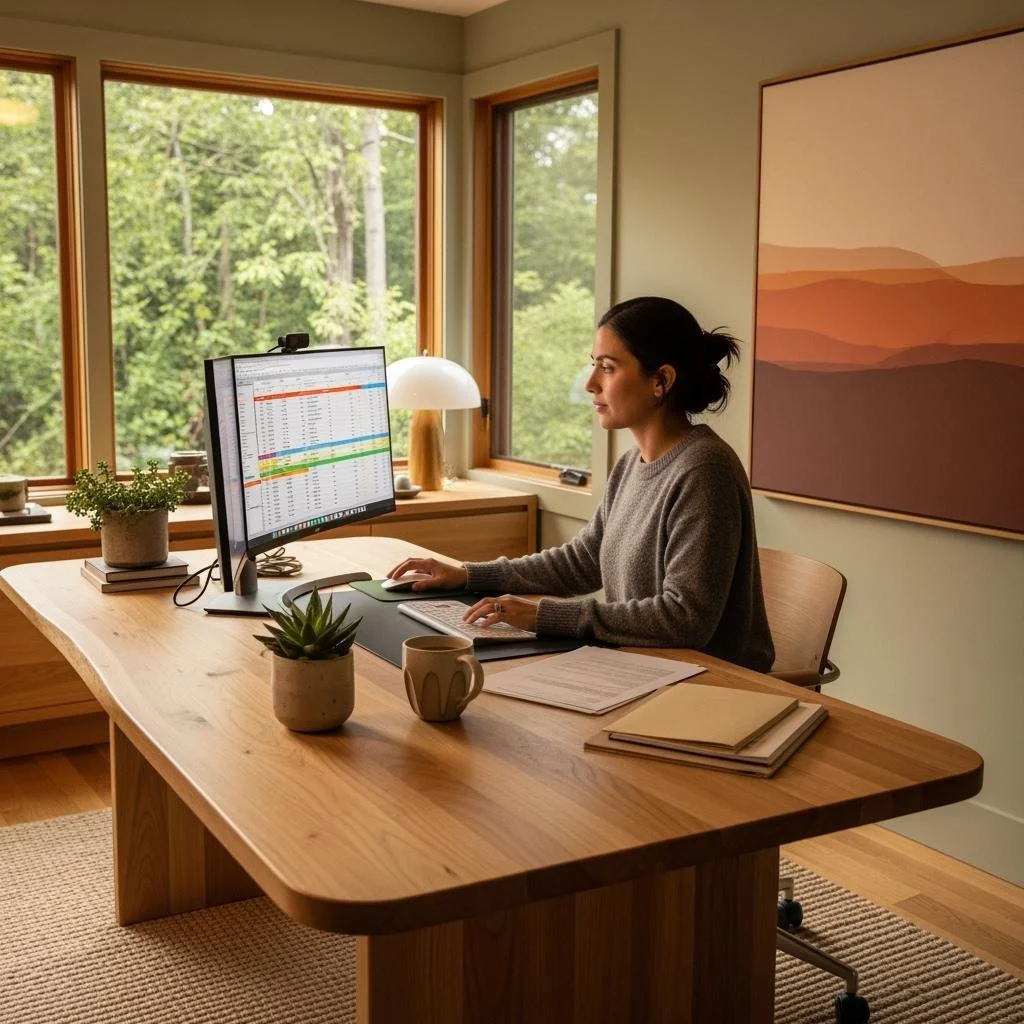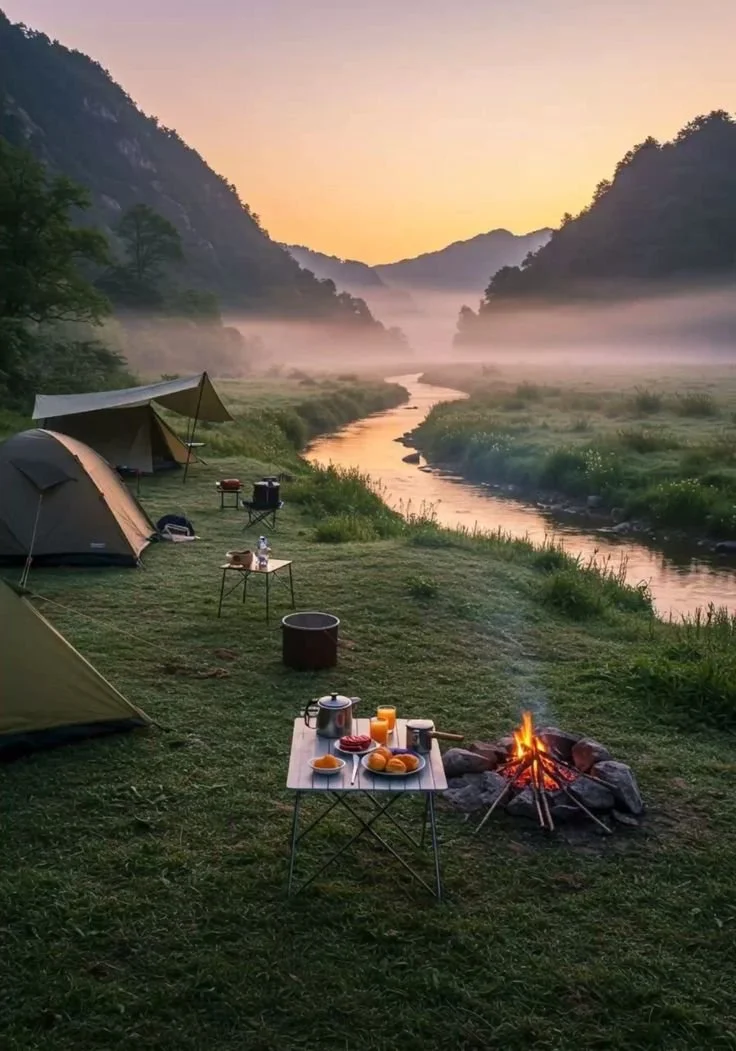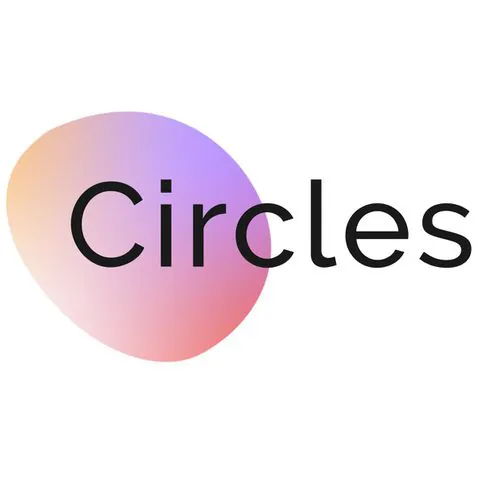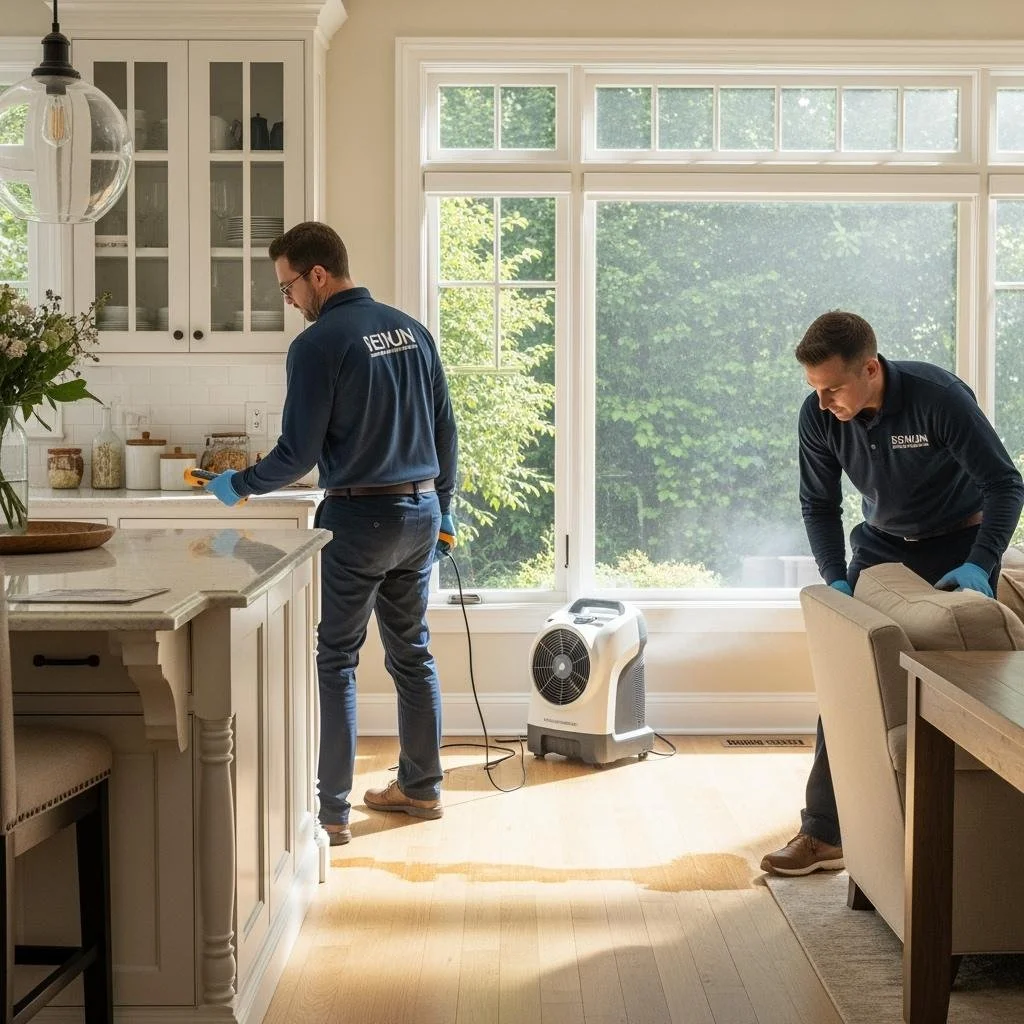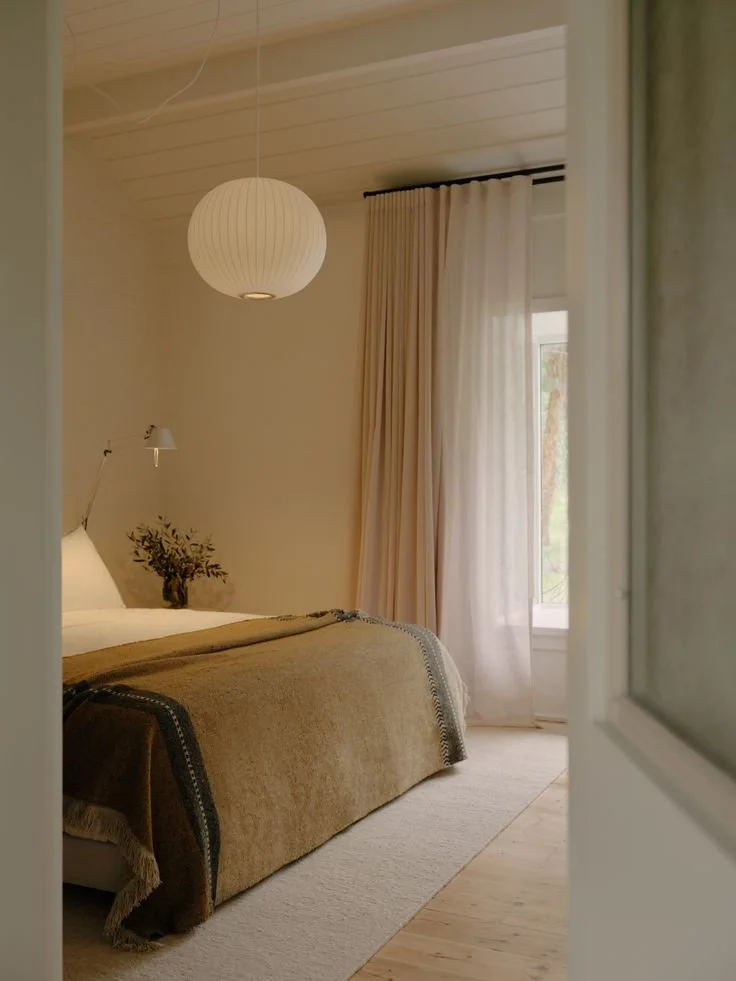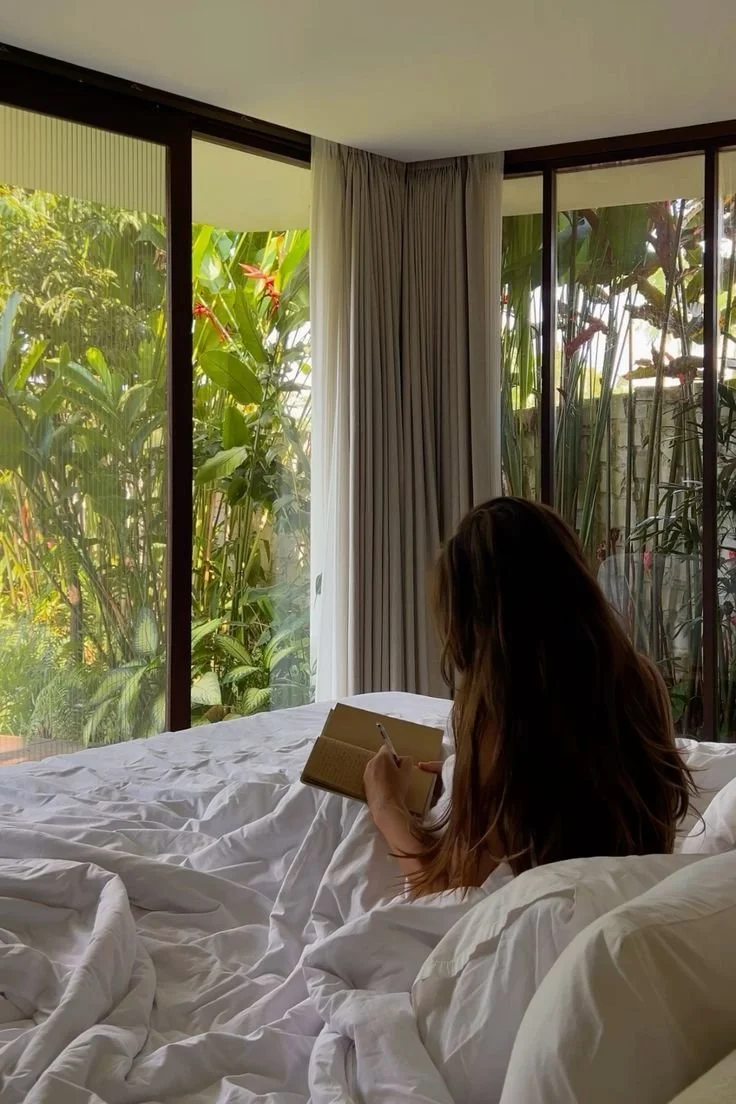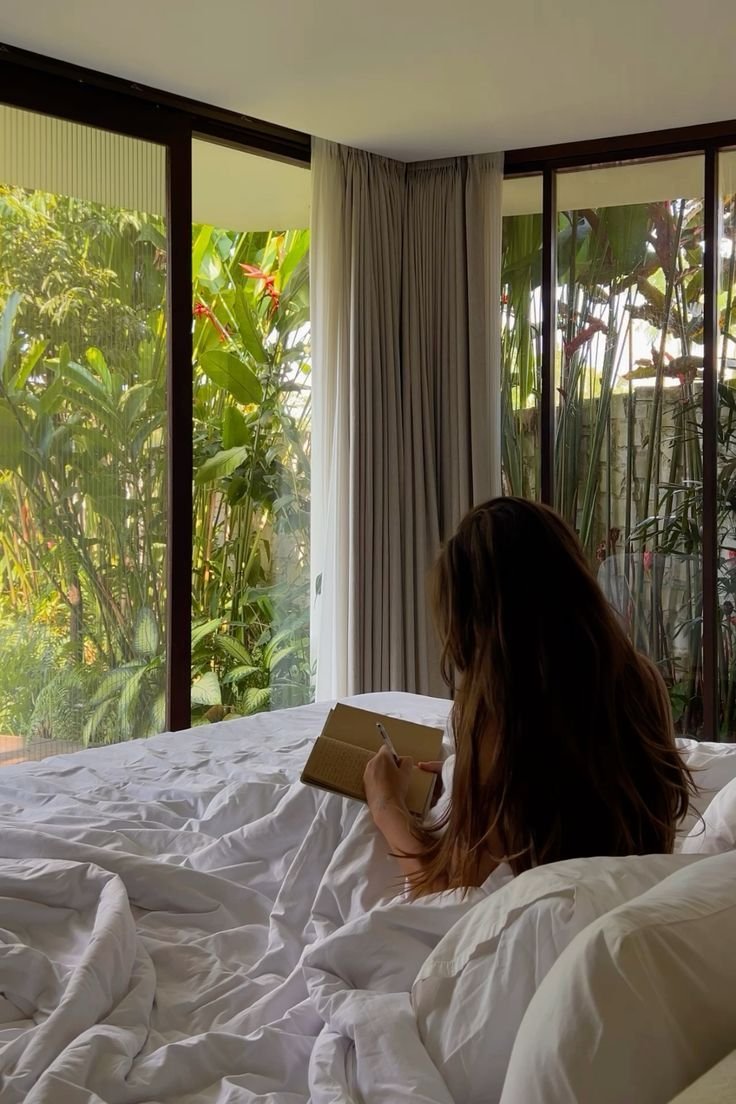Choosing the right roofing partner is one of the most critical decisions a business owner or property manager can make. Your roof is not just a protective shield—it’s an investment in your building’s longevity, energy efficiency, and overall value.
If you’re searching for Commercial Roofing Solutions that meet the highest standards, knowing the right questions to ask can make all the difference. In this guide, we aim to help you navigate the hiring process and ensure you select a roofing company that delivers quality, reliability, and long-term results.
No. 1
Are You Licensed, Insured, and Certified?
First and foremost, always verify credentials. A reputable commercial roofing company should be fully licensed and insured to operate in your state. Certifications from major manufacturers like GAF, Polyglass, Tropical, Henry, and Carlisle are also strong indicators of expertise and commitment to quality.
Key points to ask:
State roofing license number
Proof of liability insurance and workers’ compensation
Manufacturer certifications and training
No. 2
What Types of Roofing Systems Do You Specialize In?
Not all commercial roofs are the same. Depending on your building’s structure and your business’s needs, you may require a specific type of roofing system.
Top providers offer a wide range of solutions, including:
TPO Roofing Systems: Energy-efficient and durable for large commercial properties
Metal Roofing: Long-lasting and weather-resistant, ideal for Florida’s climate
Modified Bitumen Roofing: Perfect for low-slope applications
SPF Roofing: Seamless insulation with spray polyurethane foam
Shingles Roofing: Aesthetic and reliable for certain commercial structures
Choosing a company with diverse expertise ensures they can recommend the best option for your specific needs.
No. 3
How Do You Handle Roof Inspections and Leak Detection?
Preventative maintenance is essential for prolonging the life of your roof. Ask about their inspection process and how they detect and address leaks before they become major issues.
Look for:
Drone roof inspections for precision
Routine inspection schedules
Detailed reporting and photographic evidence
Immediate leak detection and repair services
A proactive approach can save you thousands in unexpected repairs.
Aroma Retail
The Scent Machine Pro is an efficient whole-home and whole-business solution for safe aromatics—ready to diffuse free-standing or ported into HVAC.
Scent your entire home or business up to 10,000 sq. ft. on a timer and on-demand via an app in less than 5 minutes.
No. 4
What Is Your Emergency Response Capability?
Florida’s weather can be unpredictable, and a strong emergency response plan is crucial. Inquire about the company's ability to provide fast, effective solutions after storms, hurricanes, or other emergencies.
Essential services include:
Emergency dry-in roofing
Temporary waterproofing solutions
Hurricane damage mitigation
Quick mobilization of repair teams
Companies that offer 24/7 emergency services demonstrate a commitment to protecting your property when it matters most.
No. 5
Do You Offer Roof Restoration and Energy-Efficient Coatings?
Sometimes, a full roof replacement isn’t necessary. Restoration services can extend the life of your existing roof at a fraction of the cost.
Ask about options like:
Energy-efficient coatings to reduce cooling costs
Waterproofing solutions to prevent leaks
Roof resurfacing to restore aging roofs
Restoration services are designed to maximize your investment while improving your building’s performance.
No. 6
What Warranties and Guarantees Do You Provide?
A strong warranty reflects confidence in workmanship and materials. Make sure you understand what is covered, for how long, and under what conditions.
Important warranty questions:
Is there a labor warranty in addition to the manufacturer’s warranty?
How long does the warranty last?
What actions could void the warranty?
Top-tier companies offer comprehensive warranties, giving you peace of mind that your investment is protected.
No. 7
Can You Provide References or Case Studies?
A reputable roofing company should have a portfolio of successful projects and satisfied clients. Ask for references, testimonials, or case studies that demonstrate their expertise and reliability.
Look for examples similar to your project size and complexity. Positive client feedback is a strong indicator of consistent quality and customer satisfaction.
No. 8
How Do You Ensure Safety and Compliance on Job Sites?
Safety should never be an afterthought. Confirm that the roofing company follows strict safety protocols and complies with OSHA regulations.
Ask about:
Employee safety training programs
On-site safety supervisors
Compliance with local building codes and regulations
A company that prioritizes safety not only protects its workers but also minimizes your liability as a property owner.
No. 9
What Is Your Project Management Process?
Efficient project management ensures that your roofing project stays on schedule and within budget.
Key elements to discuss:
Timeline and milestone tracking
Communication protocols during the project
Handling of permits and inspections
Coordination with other contractors, if necessary
The best contractors offer a Concierge Approach, proactively managing every aspect of the roofing process to deliver seamless results.
No. 10
How Do You Customize Solutions Based on Business Needs?
Every business is different. A quality roofing partner should take the time to understand your operational needs, budget constraints, and long-term goals.
Customization might include:
Energy-saving solutions for high-utility-cost businesses
Durable materials for high-traffic or industrial areas
Aesthetic considerations for customer-facing properties
A tailored approach ensures that your new or restored roof supports your broader business objectives.
Takeaways
Hiring the right commercial roofing partner is about more than just finding someone who can install a roof. It’s about partnering with a company that understands your business, values quality, and is committed to protecting your investment for years to come.
By asking the right questions—and choosing a trusted provider, you can ensure your commercial property remains safe, efficient, and resilient against the elements.
Looking for Business resources?
Are you seeking ways to elevate your business to new heights? Dive into the array of resources provided by our esteemed business partners designed to empower your ventures.



